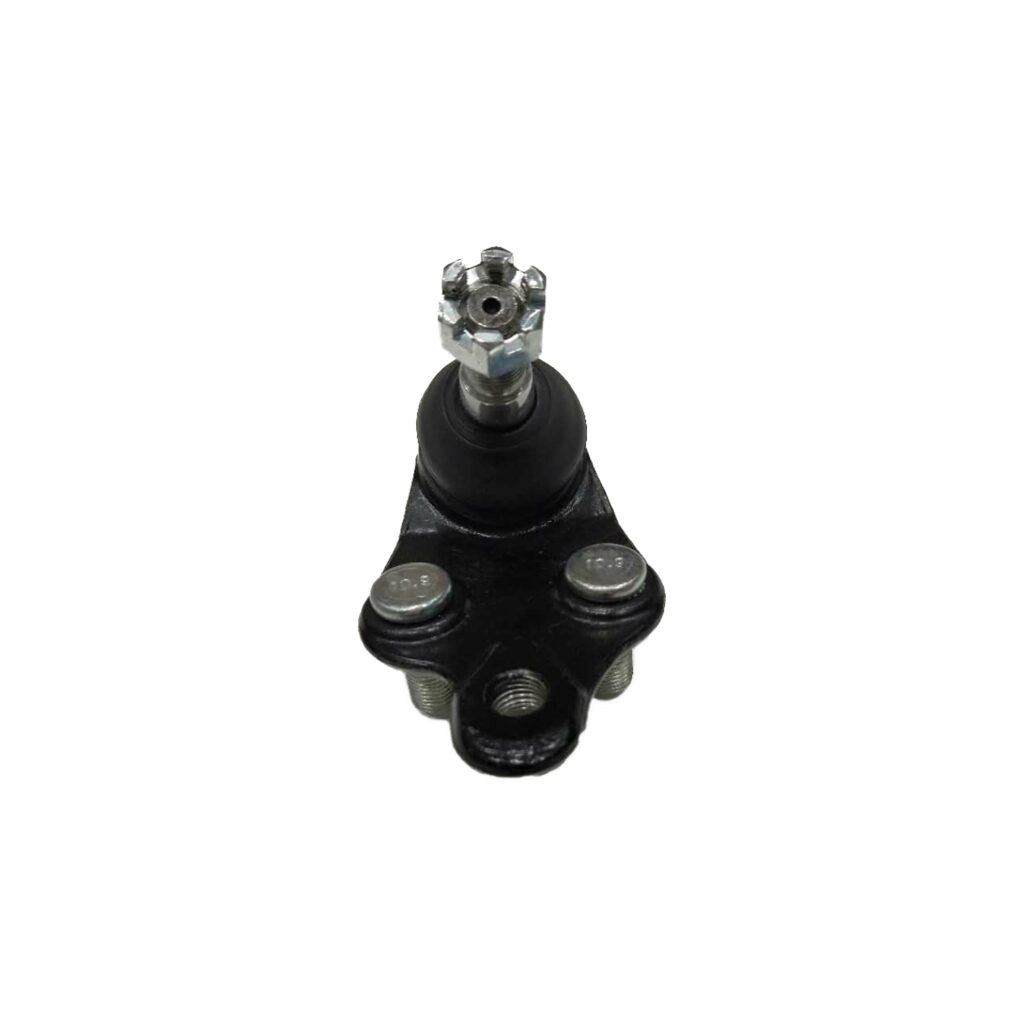Suspension arm ball joints are indispensable components of a vehicle’s suspension system, ensuring smooth movement, steering control, and load-bearing capabilities. By understanding their functions, types, signs of wear, replacement considerations, and maintenance tips, drivers and mechanics can work together to keep vehicles in optimal condition for safe and enjoyable journeys.
Unveiling Suspension Arm Ball Joints

Suspension arm ball joints, also known as ball joints, are spherical bearings that connect the suspension arms to the steering knuckles or control arms. They allow for the pivotal movement of the wheels while transmitting forces between the suspension components and the wheels.
Functions of Suspension Arm Ball Joints
Suspension arm ball joints perform several critical functions in a vehicle’s suspension system:
- Smooth Movement: Ball joints by suspension arm ball joint China supplier, enable the wheels to move up and down smoothly, absorbing road irregularities and providing a comfortable ride.
- Steering Control: They facilitate precise steering control by allowing the wheels to pivot in response to steering inputs.
- Load Bearing: Ball joints bear the weight of the vehicle and transmit forces generated during acceleration, braking, and cornering.
Types of Suspension Arm Ball Joints
There are two main types of suspension arm ball joints:
- Sealed Ball Joints: These ball joints are permanently sealed and lubricated, requiring minimal maintenance.
- Greaseable Ball Joints: Greaseable ball joints have a grease fitting that allows for periodic lubrication, extending their lifespan.
Signs of Wear in Suspension Arm Ball Joints
Worn ball joints can compromise vehicle safety and handling. Here are some common signs of wear:
- Clunking or Popping Sounds: Worn ball joints may produce clunking or popping noises when driving over bumps or uneven surfaces.
- Uneven Tire Wear: Excessive or uneven tire wear can indicate worn ball joints that affect wheel alignment.
- Steering Wheel Play: Excessive play or looseness in the steering wheel can be a sign of worn ball joints.
- Vehicle Pulling to One Side: A vehicle that consistently pulls to one side while driving may have worn ball joints on the opposite side.
Replacement Considerations for Suspension Arm Ball Joints
Replacing worn ball joints is crucial for maintaining vehicle safety and performance. Here are some factors to consider:
- Professional Installation: Ball joint replacement is a complex task that requires specialized tools and expertise. It is recommended to have them replaced by a qualified mechanic.
- Quality Ball Joints: Invest in high-quality ball joints from reputable brands to ensure durability and longevity.
- Alignment Check: After ball joint replacement, it is essential to have the vehicle’s alignment checked and adjusted if necessary.
Maintenance Tips for Suspension Arm Ball Joints
Proper maintenance can extend the lifespan of ball joints:
- Regular Inspections: Periodic inspections by a qualified mechanic can identify early signs of wear and prevent costly repairs.
- Lubrication (Greaseable Ball Joints): For greaseable ball joints, regular lubrication according to the manufacturer’s recommendations is crucial.
- Avoid Overloading: Overloading the vehicle can put excessive strain on the ball joints, leading to premature wear.
